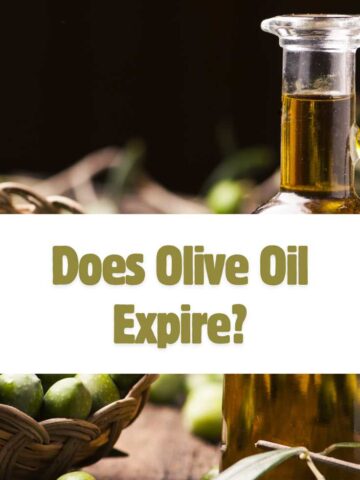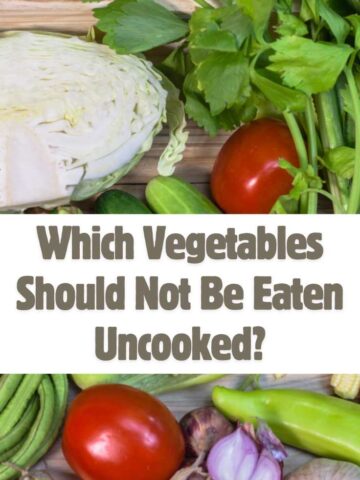The keto diet is a low-carbohydrate diet that tries to reduce carb consumption and replace it with energy from fats and proteins, causing the body to enter ketosis. To achieve Ketosis, the optimal Keto diet consists of 75 percent fat-rich foods, 20 percent protein-rich foods, and just 5% carbs. When we examine the Keto Diet more closely, we can observe that it is a diversified diet rich in foods from many cultures. However, some dieters claim that the Ketogenic diet leans more towards the non-vegan side since meat, fish, and eggs are all required ingredients on the Keto plate. There is a misconception that there is no such thing as a Vegan Keto Diet, which prevents many vegans from following the Keto Diet. While we agree that the alternatives are limited, it is still feasible to keep your sanity, reduce animal suffering, and improve your health while doing so.
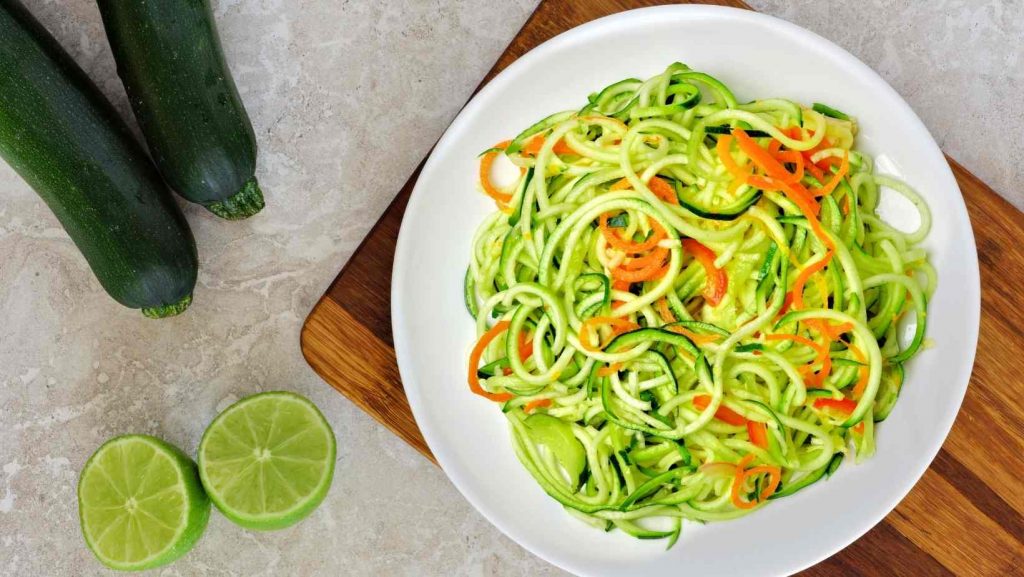
Follow these guidelines to properly execute the diet:
- Limit your daily total carbohydrate intake to 35 grammes or less.
- Remove all animal products from your diet, including meat, fish, dairy, eggs, and other animal products.
- Consume a lot of low-carb veggies.
- At least 70% of your calories should come from plant-based fats.
- Plant-based proteins should account for around 25% of your total calories.
- You may need to supplement with nutrients that you aren't getting enough of (e.g., vitamins D3, B12, & B6, DHA & EPA, iron, zinc, and taurine).
When following a Vegan Keto Diet, these are some of the essential principles that must be followed.
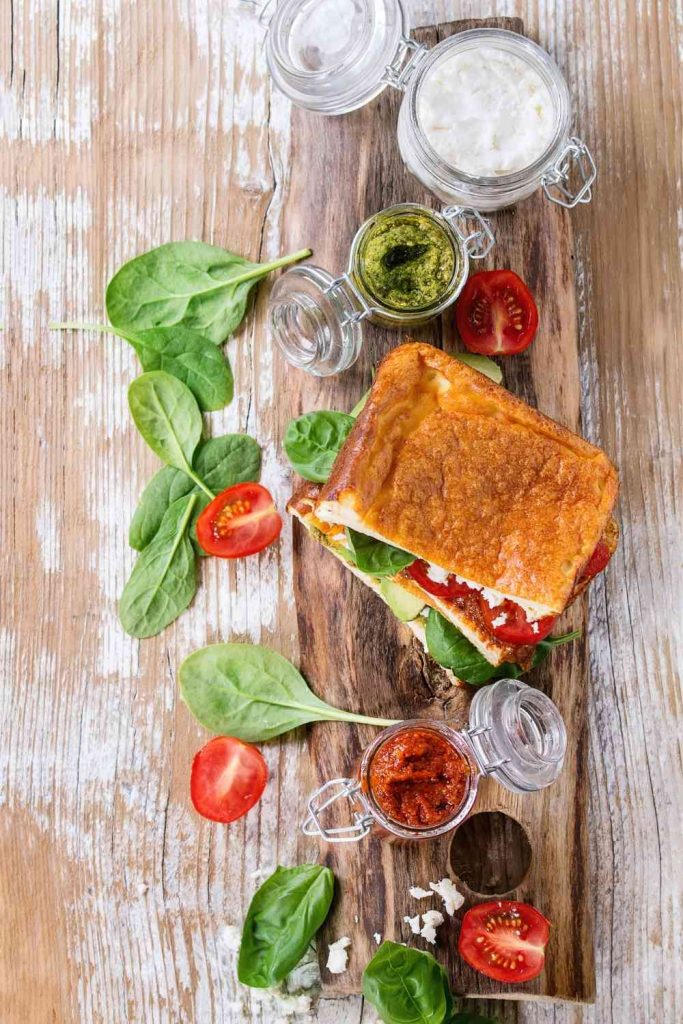
Do Not Consume
- Wheat, maize, rice, and cereal are examples of grains.
- Lentils, black beans, and peas are examples of legumes.
- Honey, agave, and maple syrup are all examples of sugar.
- Apples, bananas, and oranges are examples of fruits.
- Potatoes and yams are tubers.
Let's take a look at some vegan-friendly low-carb items you can consume on a vegan keto diet:
What Should I Eat?
- Vegan “meats” — tempeh, tofu, seitan, and other high-protein, low-carb vegan “meats”
- Mushrooms — shiitake, king oyster, lion’s mane
- Leafy greens – spinach, kale
- Above ground vegetables – broccoli, cauliflower, zucchini
- High-fat dairy alternatives – unsweetened coconut-based yoghurt, coconut cream, vegan cheeses
- Nuts and seeds – pistachios, almonds, sunflower seeds, pumpkin seeds
- Avocado and berries – raspberries, blackberries, and other low glycemic impact berries
- Fermented foods — Natto, sauerkraut, kim chi
- Sea vegetables — dulse, bladder wack, kelp
- Sweeteners – stevia, erythritol, monk fruit, and other low-carb sweeteners
- Other fats – coconut oil, olive oil, MCT oil, avocado oil
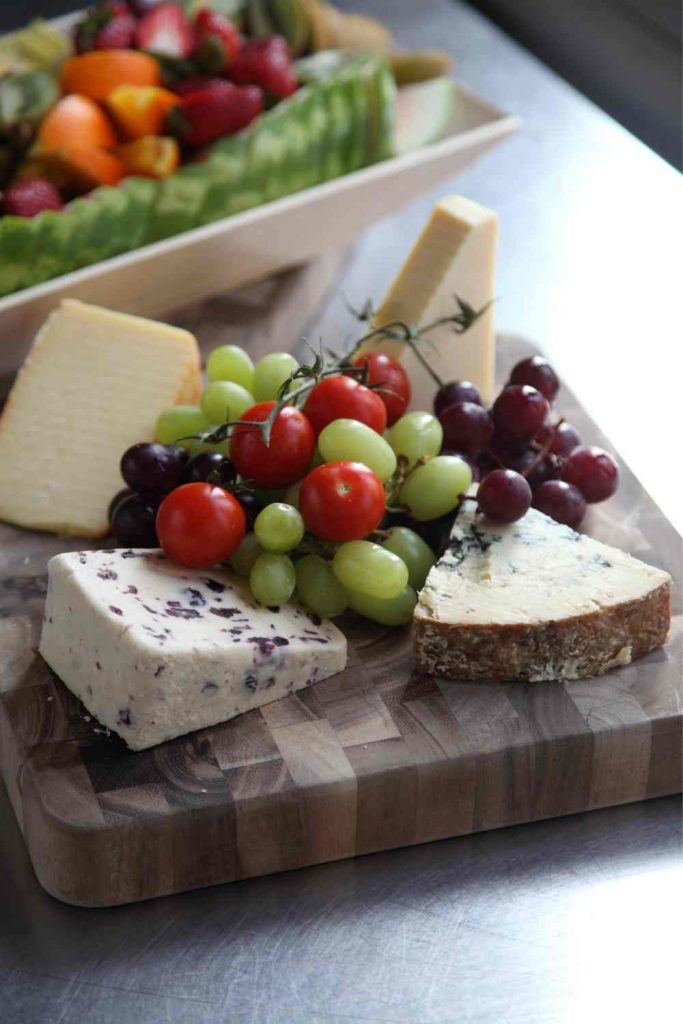
You may follow a vegan ketogenic diet and cover most of your nutritional bases by eating the items on the "Do Eat" list. With all of the low-carb and keto recipes that use animal products, it may be tough to adjust to this new diet at first. Fortunately, there are a few easy modifications you can make to "veganize" practically any keto dish.
Simple Vegan Keto Alternatives: From Keto to Vegan Keto
If you browse ruled.me (or any other keto website), you'll find a plethora of recipes that use eggs and cheese. Even the majority of the sweets are heavy in fat dairy. Are there any vegan dairy and egg substitutes that are keto-friendly? Why yes — yes there are.
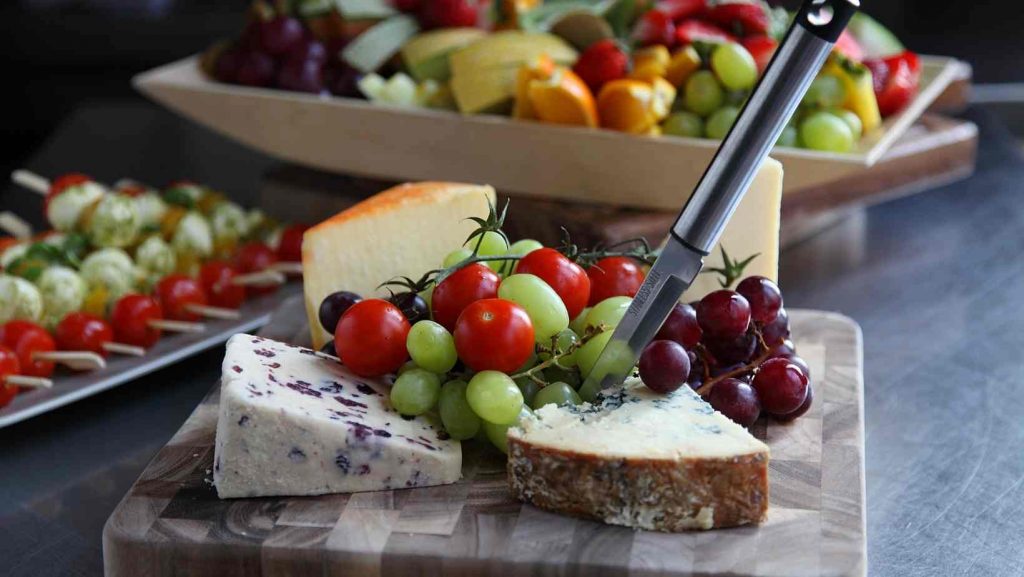
Vegan Dairy Substitutes That Are Keto-Friendly
- Coconut milk may be used in lieu of milk. Coconut milk may be used in place of conventional milk in recipes at a 1 to 1 ratio.
- Coconut cream may be used in lieu of heavy cream. Depending on the smoothness of the coconut cream, you may need to add a little water or skim some water out of the jar.
- Use Coconut Oil or Vegan Butter instead of butter. Coconut oil has a little lower melting point than butter but the same smoke point, making it an excellent butter substitute. If you don't like coconut oil's taste, seek for vegan butter at your local health food shop.
- Vegan cheese may be used in lieu of dairy cheese. Right today, there are a lot of vegan cheeses on the market. You can get coconut, cashew, and other tree-nut-based cheeses if you don't want to eat soy (for reasons we'll explain later).
- Treeline and Miyoko's Kitchen are two of my favourite vegan cheese-making enterprises. I've had some of their cheeses and they're some of the greatest I've ever had.
- Coconut cream may be used in lieu of heavy cream. Depending on the smoothness of the coconut cream, you may need to add a little water or skim some water out of the jar.
- Use Vegan Soft Cheese instead of Cream Cheese. Treeline offers a tasty and savoury cashew-based soft cheese that has a texture similar to cream cheese.
- Nut-Based Yogurt may be used in lieu of yoghurt and sour cream. You may definitely find plain almond, cashew, or coconut milk yoghurt at your local health food store. Just be sure there aren't any hidden sugars or carbs.
Here are a few vegan dairy substitutes that are keto-friendly
When purchasing keto-friendly vegan dairy products, be sure there is no additional sugar, hidden carbohydrates, or dangerous substances such as hydrogenated oils. Some of these items may also include "gums" such as agar or guar gum. These chemicals are utilised in the product to make it creamier, and they are generally harmless for most individuals. However, consuming them may cause gastrointestinal distress in some individuals, so keep an eye out for gums while converting to vegan dairy products. The good news is that high-quality keto-friendly options are becoming more widely available. You don't need to whine about the lack of Keto-friendly items on the market since Keto has already established itself. We've covered practically every part of the vegan Ketogenic diet on this site, so you don't have to worry about following the Keto diet if you're already a vegan. Stick to the diet, drink enough water, and consume nutritious foods to get the advantages of the Vegan Ketogenic diet.


